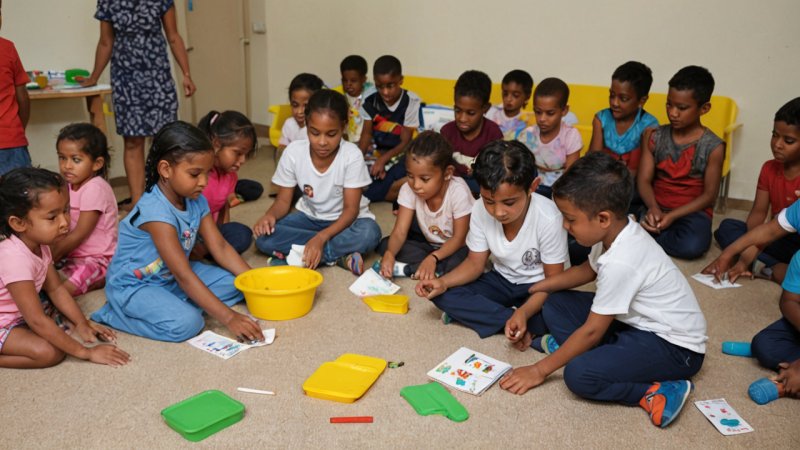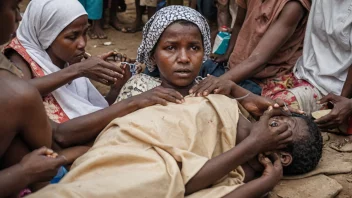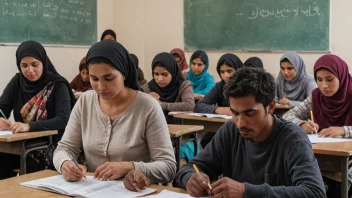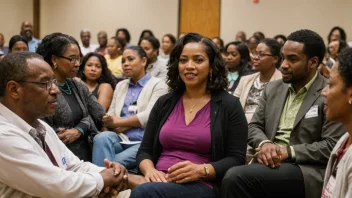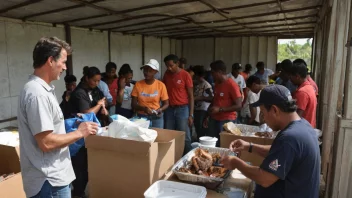Introduction
Disasters can have a profound impact on children and youth, disrupting their lives, education, and emotional well-being. In times of crisis, it is crucial to provide support tailored to their unique needs. Here are the top 7 ways individuals and organizations can help children and youth during disaster recovery.
1. Establish Safe Spaces
Creating safe environments is essential for children recovering from disasters. Safe spaces can be community centers, schools, or temporary shelters where children can play, learn, and interact with peers.
2. Provide Mental Health Support
Emotional well-being is often overlooked in disaster recovery. Offering access to counselors and mental health professionals can help children process their experiences and cope with trauma.
3. Ensure Continuity of Education
Education is critical for children’s development and stability. Support can involve providing resources for remote learning, helping schools rebuild, or offering tutoring services to bridge gaps in learning.
4. Facilitate Peer Support Programs
Encouraging peer interactions can help children feel less isolated. Establishing mentorship programs or peer support groups can provide a sense of community and belonging.
5. Distribute Essential Supplies
Basic needs must be met for children to thrive. Distributing food, clothing, hygiene products, and school supplies can significantly aid in their recovery process.
6. Engage Families in the Recovery Process
Family involvement is key to a child’s recovery. Providing resources and training for parents on how to support their children emotionally and educationally can strengthen family bonds during tough times.
7. Advocate for Policy Changes
Systemic change is necessary for sustainable recovery. Advocating for policies that prioritize the needs of children in disaster recovery can lead to long-term improvements in how support is provided.
Conclusion
Supporting children and youth during disaster recovery requires a multifaceted approach that addresses their emotional, educational, and physical needs. By establishing safe spaces, providing mental health support, ensuring continuity of education, facilitating peer support, distributing essential supplies, engaging families, and advocating for policy changes, we can help children rebuild their lives and thrive after a disaster.
